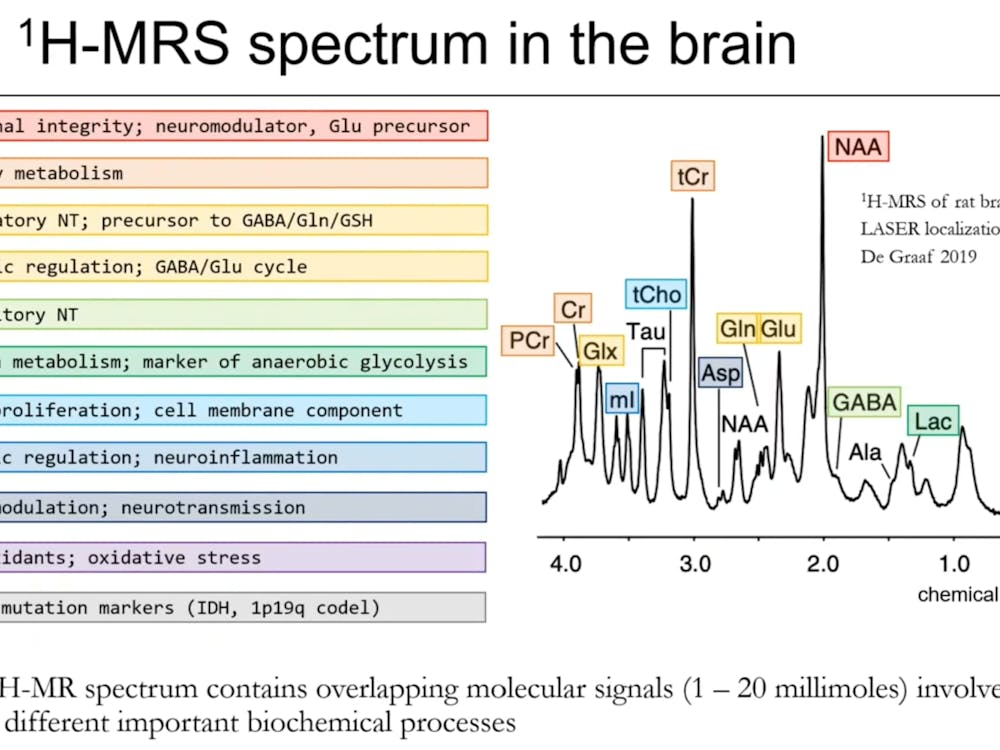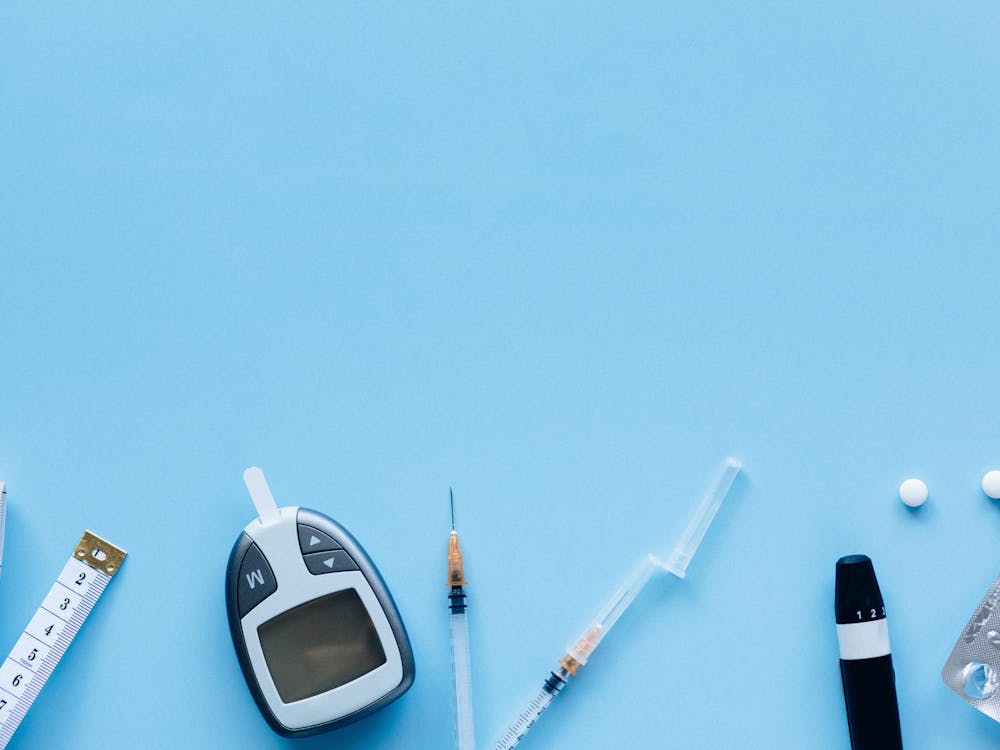The availability of abortion services continues to be a politically and religiously contentious issue for women all around the world. While induced abortion is one of the safest medical interventions when performed in a regulated medical setting, many women in both developing and developed countries who lack access to such services resort to unsafe methods of pregnancy termination.
Recently, a study conducted by researchers at the Guttmacher Institute in the U.S. found that about seven million women in the developing world were treated for complications from unsafe pregnancy termination in 2012. The study, which was published in the journal BJOG: An International Journal of Obstetrics and Gynaecology, estimates that in 2012, 6.9 per every 1,000 women aged 15 to 44 in developing countries sought medical treatment following the use of unsafe abortion procedures.
To arrive at this estimate, Susheela Singh, the lead investigator, utilized available data from country-specific published studies and national health statistics of 26 developing countries to extrapolate the overall number of women in the developing world who sought post-abortion care. The data compiled from these sources were adjusted to include women receiving treatment in health care facilities in the private sector and to exclude a proportion of clinical cases that were most likely misidentified as complications from miscarriage, which have similar symptoms to complications from induced pregnancy termination methods.
According to the final estimated figures, the number of women treated for unsafe pregnancy termination methods varied from the highest rate of 14.6 per 1,000 women in Pakistan to the lowest rate of 2.4 per 1,000 women in Brazil. In terms of regional rates, Asia had the highest rate, at 8.2 per 1,000 women (4.6 million women per year), followed by Africa, with a rate of 6.7 per 1,000 women, as well as Latin America and the Caribbean region, with a rate of 5.3 per 1,000 women. In the calculation of regional rates, countries in East Asia with legal, accessible abortion services were excluded.
As shown by these estimates, the incidence of treatment for unsafe abortion continues to be highly prevalent. However, the researchers note in their discussion that the treatment rates, while a useful measure, most likely underestimate the burden of unsafe abortion. According to another study based on several surveys conducted between 2000 and 2008, about 60 percent of women suffering from post-abortion complications receive care from health care facilities, while the rest do not obtain the necessary medical treatment. Assuming similar levels of post-abortion care in 2012, the actual number of women who were driven to use unsafe pregnancy termination methods would be 1.67 times higher than the estimates of the women who sought medical care.
The estimates also had several additional limitations. Data from only 26 developing countries were used to represent the prevalence of post-abortion care in the entire developing world. Moreover, complications resulting from low-quality abortion services in countries with legalized abortion services were not included in the data, further underestimating the incidence of unsafe pregnancy termination in developing countries.
Even among the 26 representative countries, the researchers found that several lacked reliable health systems statistics, so they had to make additional assumptions regarding the treatment rates. Obtaining accurate data on treatment rates for post-abortion care presents many challenges, as the investigators noted, since the topic of pregnancy termination is highly stigmatized. As a result, insufficient data on the extent of the practice may misleadingly guide policies and programs to combat unsafe pregnancy termination.
The investigators of this study suggest that safe, regulated abortion services should become available in developing countries. However, a systematic review published in April 2015 in the Journal of Family Planning and Reproductive Health Care has found that women, especially those of low socioeconomic status, face multiple financial obstacles in obtaining the procedure. For instance, some of these women may have to seek a clinic in a city far away from their community.
According to the World Health Organization, around four unsafe abortions are performed for every 100 live births in developed countries. Even where abortion is legal and available, women are often still hindered from gaining access to abortion services.





